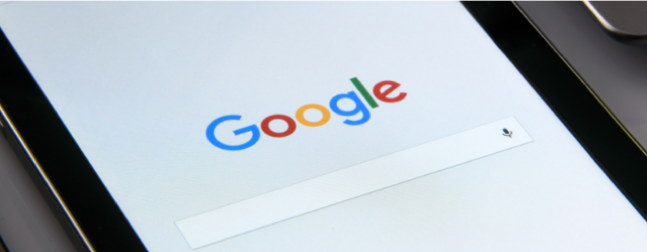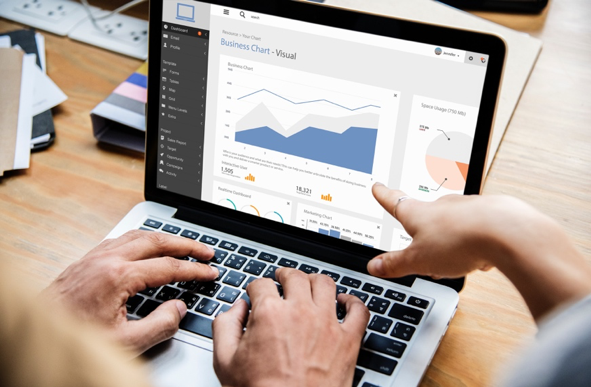
With an average of 3.5 billion Google searches per day, if your business isn’t advertising on the network in 2019, you are likely not reaching your target consumers at the right time or in the right place. And with 63,000 searches per second on any given day, reaching your audience is even easier thanks to Google Advertising.
Benefits of Google Advertising
If your brand is looking to control budget and reach consumers at the best moment possible, then advertising on Google is where you will want to be. With a variety of bidding options, controlling the amount your brand is willing to spend and the value each click is worth is a major financial benefit. Additionally, with specific targeting such as demographics, location, and keywords, finding the consumers that are most valued by your brand is simple. Lastly, advertising on Google isn’t a “one and done” type of medium (i.e. unlike television or print ads), as you can monitor the ads’ performance daily and optimize when necessary.

Google Search vs. Google Display Network
So, you’re convinced that Google Advertising is right for your brand! Now, you’ll need to decide the best method for finding your audience when it matters most on the Google Network; your two options are Google Search or Google Display. Each placement option has benefits and can help meet your campaign goals in the best way possible.
- Search: If you choose to advertise on Google Search, your ads can appear when users conduct searches on Google.com, within the Shopping tab of Google, Google Maps, Google Play, and Google’s partner sites (i.e. YouTube).
- Display: If you choose to advertise on Google Display, your ads can appear on Google’s partner sites, mobile aps, and within video content.
Whether you’re team search, display, or even search with display opt-ins, from there you will need to decide which ad format best suits your campaign goals.
Targeting
Now that you have your ad, who do you want to show it off to? There are six audience targeting options provided by Google:
- Demographics: Target based on location, age, gender, and device type (i.e. Italian restaurants near me, or sneakers for young boys)
- Affinity: Target groups of people with specific interests (i.e. horror movie fans)
- In-market: Target users who have been searching similar products or services (i.e. Nike targeting Adidas fans)
- Custom intent: Target customers who are actively researching products/services your brand offers (i.e. Samsung targeting users searching for new televisions)
- Similar audiences: Target audiences with similar interests to the products/services your brand offers (i.e. Spotify targeting users researching new music)
- Remarketing: Target users who have already interacted with your ads, website, or app so that they are reminded of your brand and will likely make a purchase/acquisition (i.e. visiting Zara’s website and seeing an ad on Facebook for a coat you looked at the previous day)

Bidding Options
After selecting your target audience and where to find them, you will need to select the bidding option that best matches your brand’s campaign goals. When setting your campaign’s bidding strategy, be sure to factor in the campaign’s overall budget, goals, and the value of a sale/conversion to your company. Below find a few of the most common bidding strategies your brand can opt into:
- CPC (cost per click): Ideal for driving traffic to your brand’s website, you will pay when the ad is clicked on
- CPM (cost per thousand impressions): Ideal for driving brand awareness, this bidding option is for display ads on web pages and are billed based on each set of one thousand views your ad receives
- vCPM (viewable cost per mille): With the same ideology of CPM bidding, vCPM only places ads where they will be viewable on web pages, which increases the likelihood of the ad being seen, but for a higher cost
- CPV (cost per view): For video ads, your brand pays whenever the video is viewed
- CPA (cost per acquisition): For optimizing purchases, CPA bidding is how much your brand pays in order to attain a conversion
Now that your placements, targeting, and bids are set up, those factors will determine your ad rank, which is the algorithm of when and where your ads will be visible to audiences. In addition, the relevancy of the ad, click thru rate, and the estimated measure of the user experience on the landing page are also accounted for when determining ad rank.
The possibilities of advertising on Google are endless and can help your brand reach its campaign goals, but we have only just scratched the surface! Have more questions about advertising on Google? Contact our team today for a consultation.